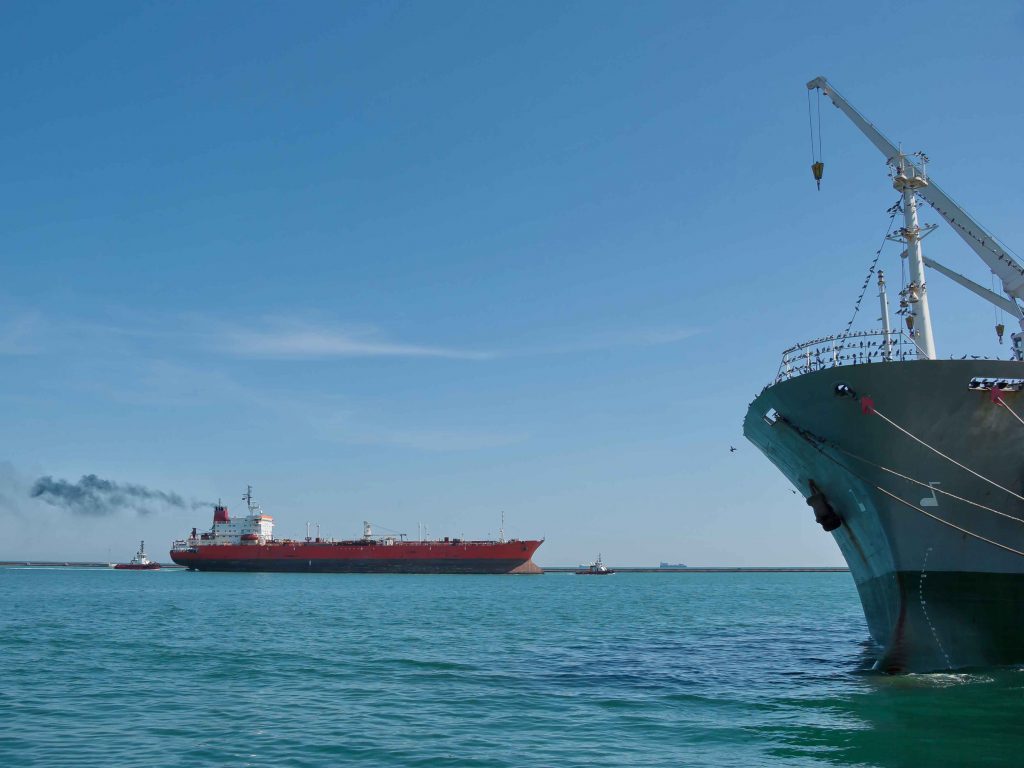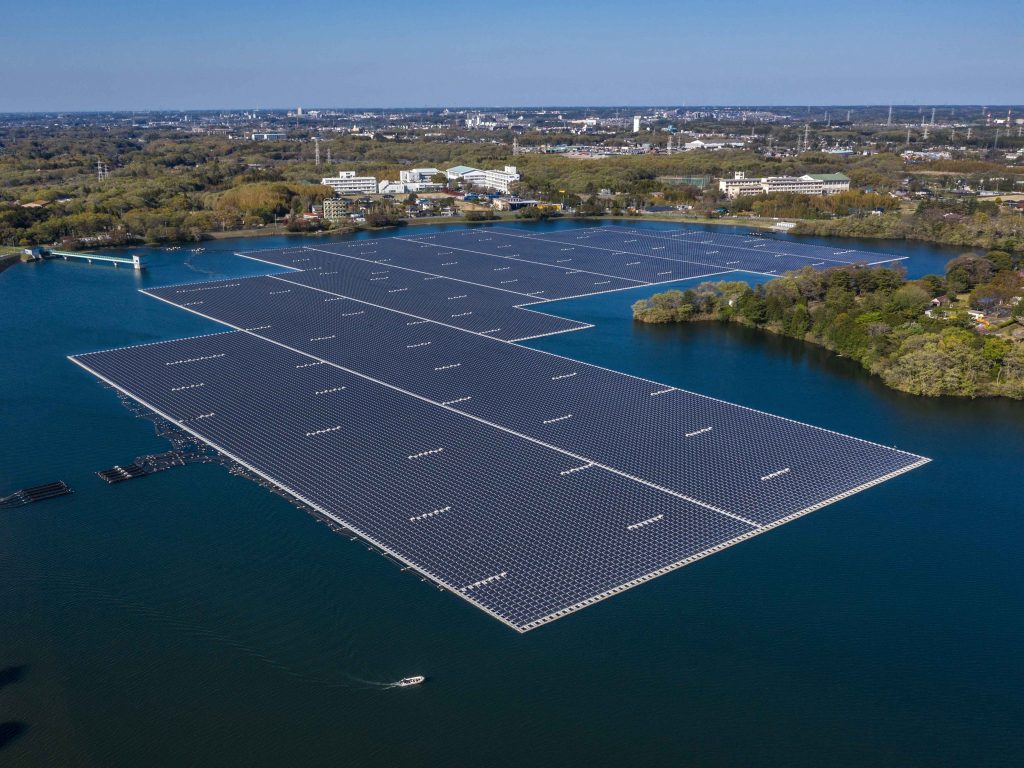Australia on track to meet Kyoto target
Australia is on track to meet its greenhouse gas emissions target under the UN’s Kyoto Protocol climate pact in part because of the global economic downturn, the government says
Australia is on track to meet its greenhouse gas emissions target under the UN's Kyoto Protocol climate pact in part because of the global economic downturn, the government says
Australia, among the developed world’s top greenhouse gas polluters on a per-capita basis, generates about 80 percent of its electricity from coal.
Emissions from some sectors have soared over the past two decades, particularly power generation and transport. The government hoped an emissions trading scheme would push industry and consumers to boost energy efficiency and switch to greener power.
But that plan has been shelved because of fierce political opposition, although the laws backing greater renewable energy investment have won wider support.
The government, in a regular greenhouse gas emissions report to the UN, said emissions fell by about 13 million tonnes between 2008 and 2009.
“The latest National Greenhouse Accounts show Australia’s emissions declined for a brief period in the early part of 2009, due largely to the global economic downturn,” the Minister for Climate Change, Penny Wong, said in a statement.
Under the Kyoto Protocol, which uses 1990 as a base year, Australia must limit its greenhouse gas emissions to 108 percent of 1990 levels during the pact’s 2008-12 first commitment period. The pact binds about 40 industrialised nations to emissions targets during the 2008-12 period.
The government said annual emissions, excluding those from land use, land use change and forestry, for the four quarters to December 2009 fell 2.4 percent, or from 550 million tonnes of carbon dioxide-equivalent in 2008 to 537 million tonnes in 2009.
“However, for the most recent quarter emissions were estimated to have increased by 0.6 percent on a trend basis,” the statement said.
Australia, with a rising population and growing economy largely driven by a mining boom, is struggling to rein in the pace of its greenhouse emissions.
The government has set a target of cutting emissions by five percent from 2000 levels by 2020. But emissions from the energy sector, which includes power generation and transport, grew 43 percent between 1990 and 2009.
“These results show that we still have the challenge of reducing emissions in all sectors of the economy,” Wong said.
Australia’s Climate Institute said on Monday the country, the world’s top coal exporter, would not meet the five percent emissions cut target without a market system that puts a price on pollution.













